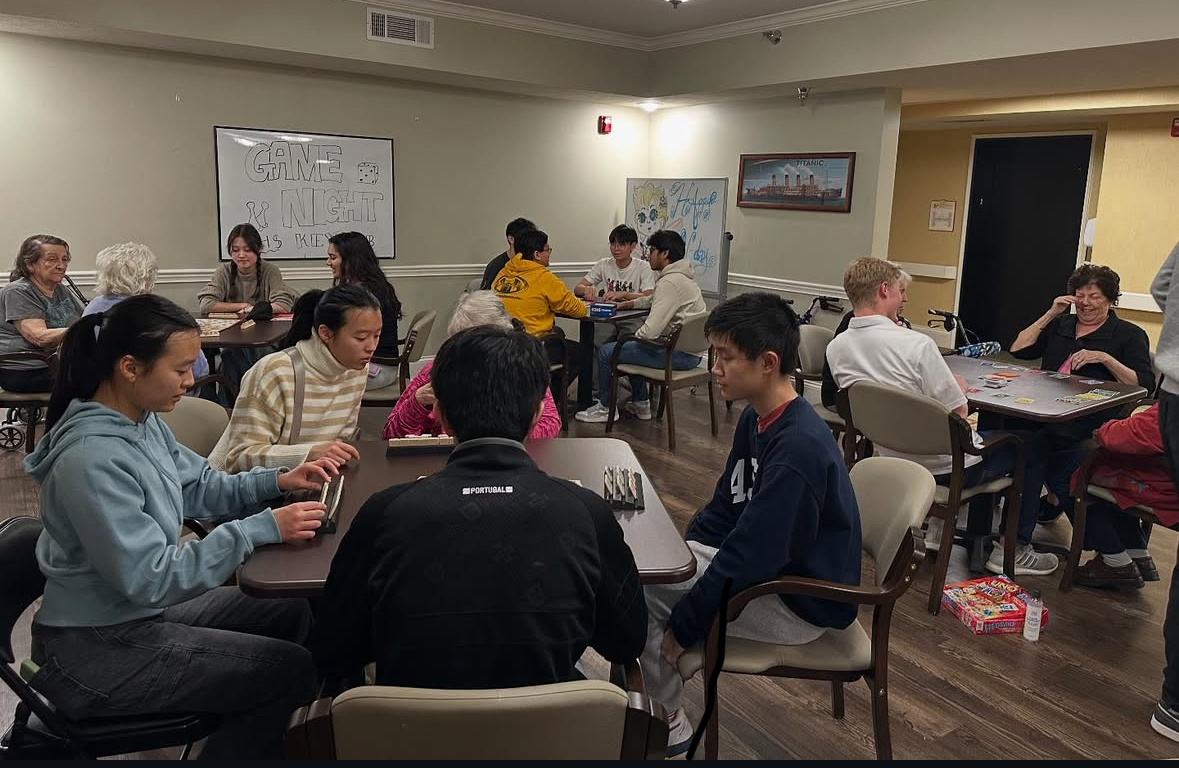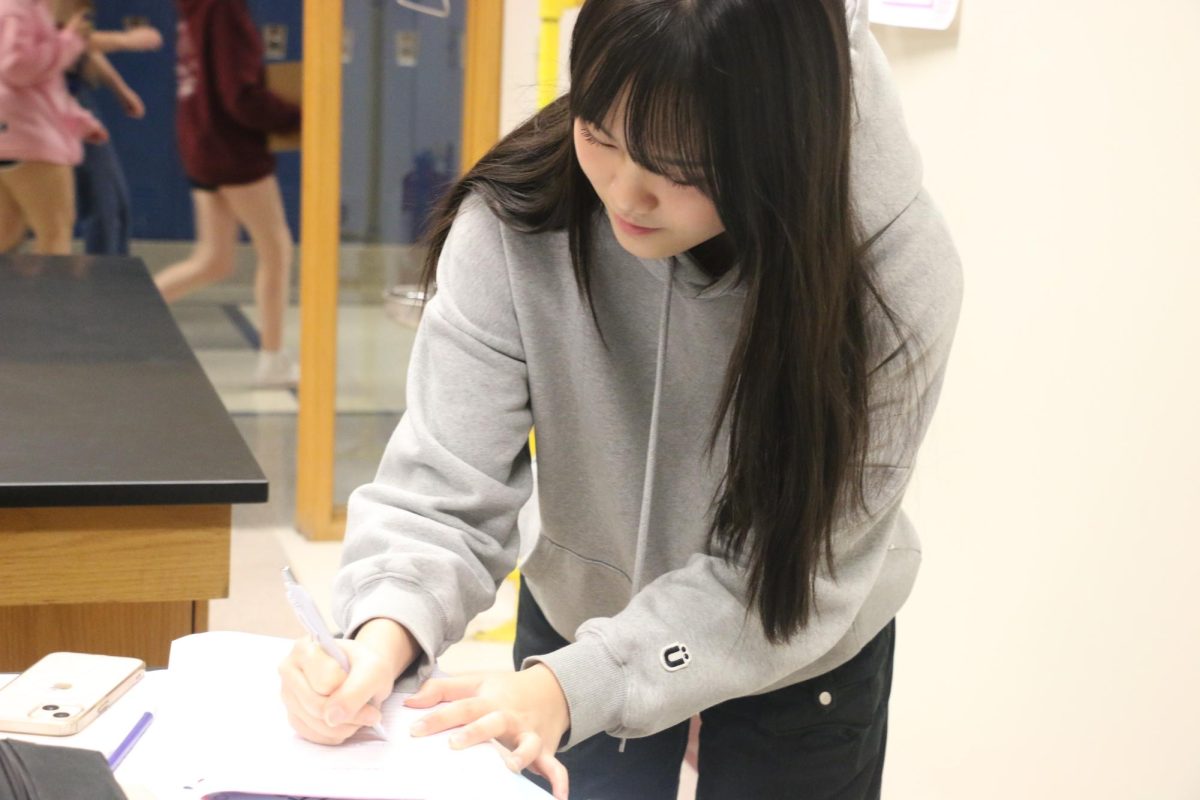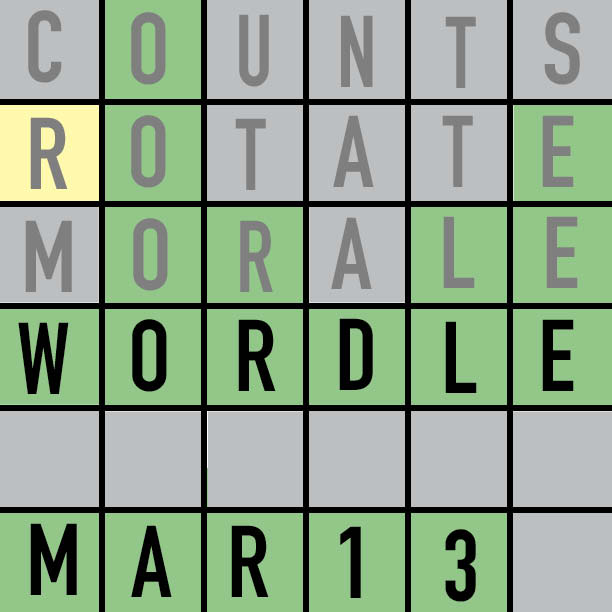We collected around 100 survey results over social media and 270 from going around to various lunches and collecting survey results from everyone. Almost all people were compliant.
Of the sophomores we sampled 51 said yes, 59 said no. Of the juniors, 54 said yes, 7 said no. Of the seniors, 24 said yes, 72 said no. Of the freshman we sampled, 9 said yes, 6 said no. We decided to not interview many freshman because they did not have the experience of an all-school convocation.
Of the females we sampled, 78 said yes, 125 said no. Of the males, 61 said yes, 106 said no.
We interviewed a total of 370 students.
We understand that there may be statistical error and misrepresentation of data.
Survey conducted by: Brian Zhang, Kelly Truax, Isabella White, and Sarah Kim

































![AI in films like "The Brutalist" is convenient, but shouldn’t take priority [opinion]](https://hilite.org/wp-content/uploads/2025/02/catherine-cover-1200x471.jpg)








































![Review: “The Immortal Soul Salvage Yard:” A criminally underrated poetry collection [MUSE]](https://hilite.org/wp-content/uploads/2025/03/71cju6TvqmL._AC_UF10001000_QL80_.jpg)
![Review: "Dog Man" is Unapologetically Chaotic [MUSE]](https://hilite.org/wp-content/uploads/2025/03/dogman-1200x700.jpg)
![Review: "Ne Zha 2": The WeChat family reunion I didn’t know I needed [MUSE]](https://hilite.org/wp-content/uploads/2025/03/unnamed-4.png)
![Review in Print: Maripaz Villar brings a delightfully unique style to the world of WEBTOON [MUSE]](https://hilite.org/wp-content/uploads/2023/12/maripazcover-1200x960.jpg)
![Review: “The Sword of Kaigen” is a masterpiece [MUSE]](https://hilite.org/wp-content/uploads/2023/11/Screenshot-2023-11-26-201051.png)
![Review: Gateron Oil Kings, great linear switches, okay price [MUSE]](https://hilite.org/wp-content/uploads/2023/11/Screenshot-2023-11-26-200553.png)
![Review: “A Haunting in Venice” is a significant improvement from other Agatha Christie adaptations [MUSE]](https://hilite.org/wp-content/uploads/2023/11/e7ee2938a6d422669771bce6d8088521.jpg)
![Review: A Thanksgiving story from elementary school, still just as interesting [MUSE]](https://hilite.org/wp-content/uploads/2023/11/Screenshot-2023-11-26-195514-987x1200.png)
![Review: "When I Fly Towards You", cute, uplifting youth drama [MUSE]](https://hilite.org/wp-content/uploads/2023/09/When-I-Fly-Towards-You-Chinese-drama.png)
![Postcards from Muse: Hawaii Travel Diary [MUSE]](https://hilite.org/wp-content/uploads/2023/09/My-project-1-1200x1200.jpg)
![Review: "Ladybug & Cat Noir: The Movie," departure from original show [MUSE]](https://hilite.org/wp-content/uploads/2023/09/Ladybug__Cat_Noir_-_The_Movie_poster.jpg)
![Review in Print: "Hidden Love" is the cute, uplifting drama everyone needs [MUSE]](https://hilite.org/wp-content/uploads/2023/09/hiddenlovecover-e1693597208225-1030x1200.png)
![Review in Print: "Heartstopper" is the heartwarming queer romance we all need [MUSE]](https://hilite.org/wp-content/uploads/2023/08/museheartstoppercover-1200x654.png)





Stat Department Chairperson • Sep 21, 2018 at 11:30 am
Brian,
I appreciate that you were honest about potential biases that my be present in your sampling method. Gathering valid data is not an easy task; which, hopefully, is something you realized with this observational study. If the data you collected was representative of the school’s student body, then I think your graphics did a good job of helping readers understand the relationship that exists between the variables safety, convocation, gender and grade level. One thing I would suggest is that when providing further details about the data collection process it is good practice to include the survey questions. This allows readers to identify if there are any issues with how the questions are worded. Transparency in how you gather data will improve trust.
Sincerely,
Mr. Wernke